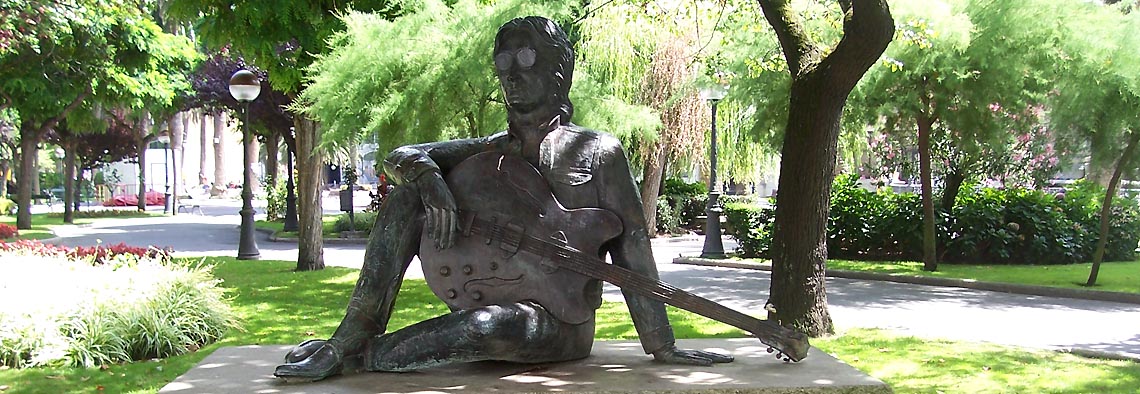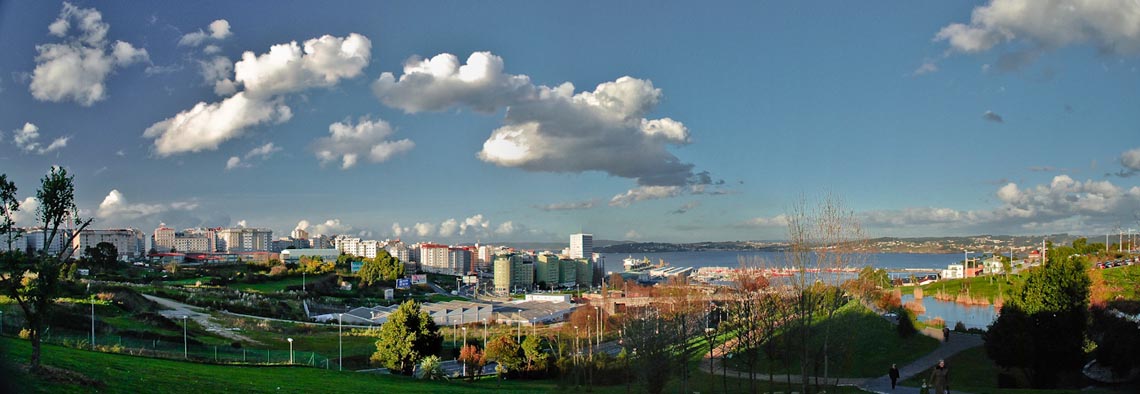Gustav Klimts Vienna
02 November, 2016
It would be impossible to imagine 20th-century Vienna without the amazing art legacy of Gustav Klimt (1862-1918). While his primary subjects were the female nude and portraits of Vienna’s high society, the works of this symbolist painter continue to fascinate experts and amateurs alike. Today we tour Vienna in search of the oeuvre of one of the most compelling painters of all times.
“To Every Age its Art, to Every Art its Freedom”
The best way to come to grips with Klimt’s legacy in Vienna is by starting at the building of the Vienna Secession, designed by Joseph Maria Olbrich and sited at 12 Friedrichstrasse. A dome festooned with laurel leaves crowns a facade which bears the motto of the Secession, “To Every Age its Art, to Every Art its Freedom”. The motto is accompanied by a frieze created by Klimt in 1902 as a tribute to Ludwig van Beethoven. Visitors to the building were greeted by the Beethoven Frieze, one of his most celebrated works. Measuring 34 metres long by 2.15 metres high, it was not put on public display again until 1986.
This famous painting recalling Wagner conducting Beethoven’s Ninth Symphony was actually intended for a temporary exhibition, but was saved from destruction by a collector. It was divided up and acquired by the Austrian state again in 1973, and exhibited once more as of 1986.
After the Vienna Secession building, our next stop is the must-visit Museum of Art History (Kunsthistorisches Museum). After entering, as you go up the staircase, look up at the 40 paintings on the columns and arches executed by the three artists making up the so-called Society of Artists, whose members were Gustav Klimt, his brother Ernst and Franz Matsch.
The Burgtheater
After completing their work at the Museum, the Society of Artists was commissioned to execute a number of frescoes on the two staircases of the Burgtheater (Universitätsring, 2). The project was so successful that the painters were decorated by Emperor Franz Josef. On the main staircase, Klimt recreated the Theatre in Taormina, while on the other he provided a depiction of the Globe Theatre in London featuring the final scene from Shakespeare’s "Romeo and Juliet." This work includes what is regarded as the only self-portrait he ever painted.
A stone’s throw from the Burgtheater lies the Karlsplatz, one of the city’s nerve centres, which boasts some of the most famous buildings of the Vienna Secession. Prominent landmarks include the Otto Wagner Pavilion (built in 1900 for the Vienna Metro lines), the Künstlerhaus and the Art History Museum, which houses some of Klimt’s works, notably Pallas Athene and a portrait of Emilie Flöge. He was very attached to Emilie, his sister-in-law, although there is no evidence that they romanced, as some claim. He also painted many other women, including Maria Zimmermann (Mizzi), Johanna Staude and Adele Bloch-Bauer, of whom he did two portraits.
The Belvedere
The Belvedere Palace Museum houses some of Klimt’s most acclaimed paintings, chiefly two icons of his “Golden Phase” – The Kiss and Judith I. Gustav’s father and brother were gold engravers, which accounts for his foray into golden ornamentation and his use of gold leaf. The Belvedere houses more works by Klimt than any other gallery – twenty-four, in all. However, you should also make a point of visiting the Leopold Museum, in the heart of the Museumsquartier (MQ). Displayed alongside works by Schiele are Klimt’s Death and Life, in addition to a study for Judith II and a view of Lake Atter.
Villa Klimt
Gustav Klimt had several studios during his lifetime, but the only one which has survived to the present is where he spent the last few years of his life. The Klimt Villa, situated on the Feldmühlgasse 11, was re-opened to the public in 2012 after being rebuilt from period photos. While it does not house original works, it provides an interesting insight into the life of this universal artist.
Don’t pass up the chance to discover the work of Gustav Klimt – book your Vueling here.
Text by Aleix Palau for Los Viajes de ISABELYLUIS
02 November, 2016







